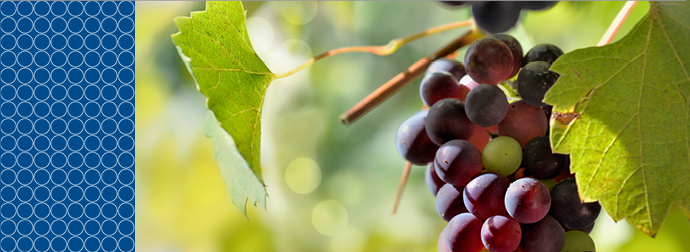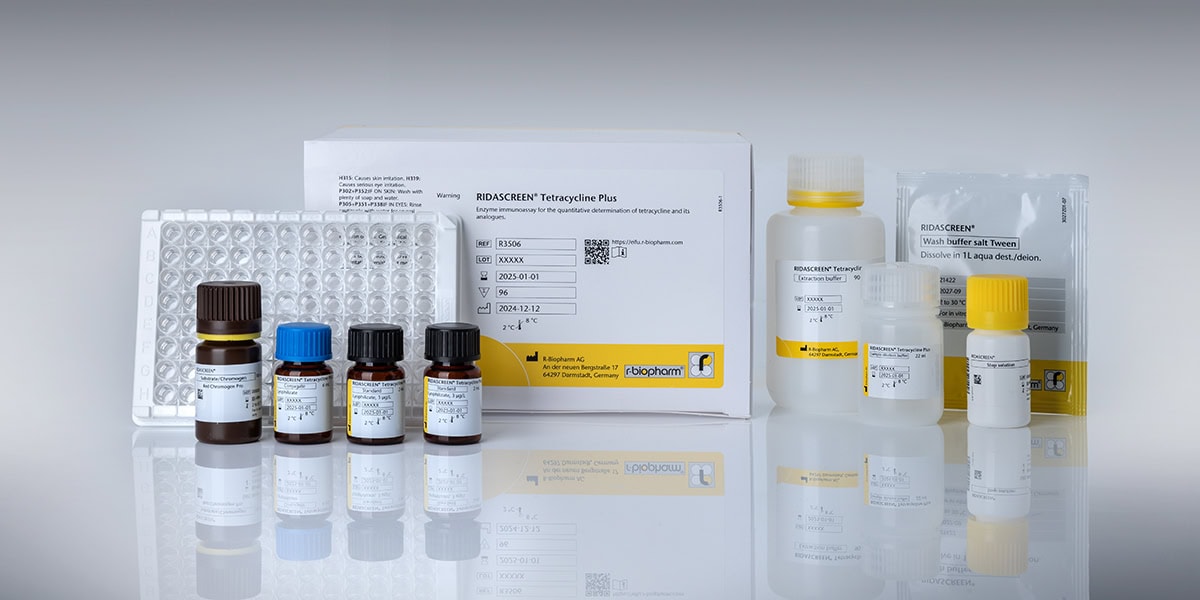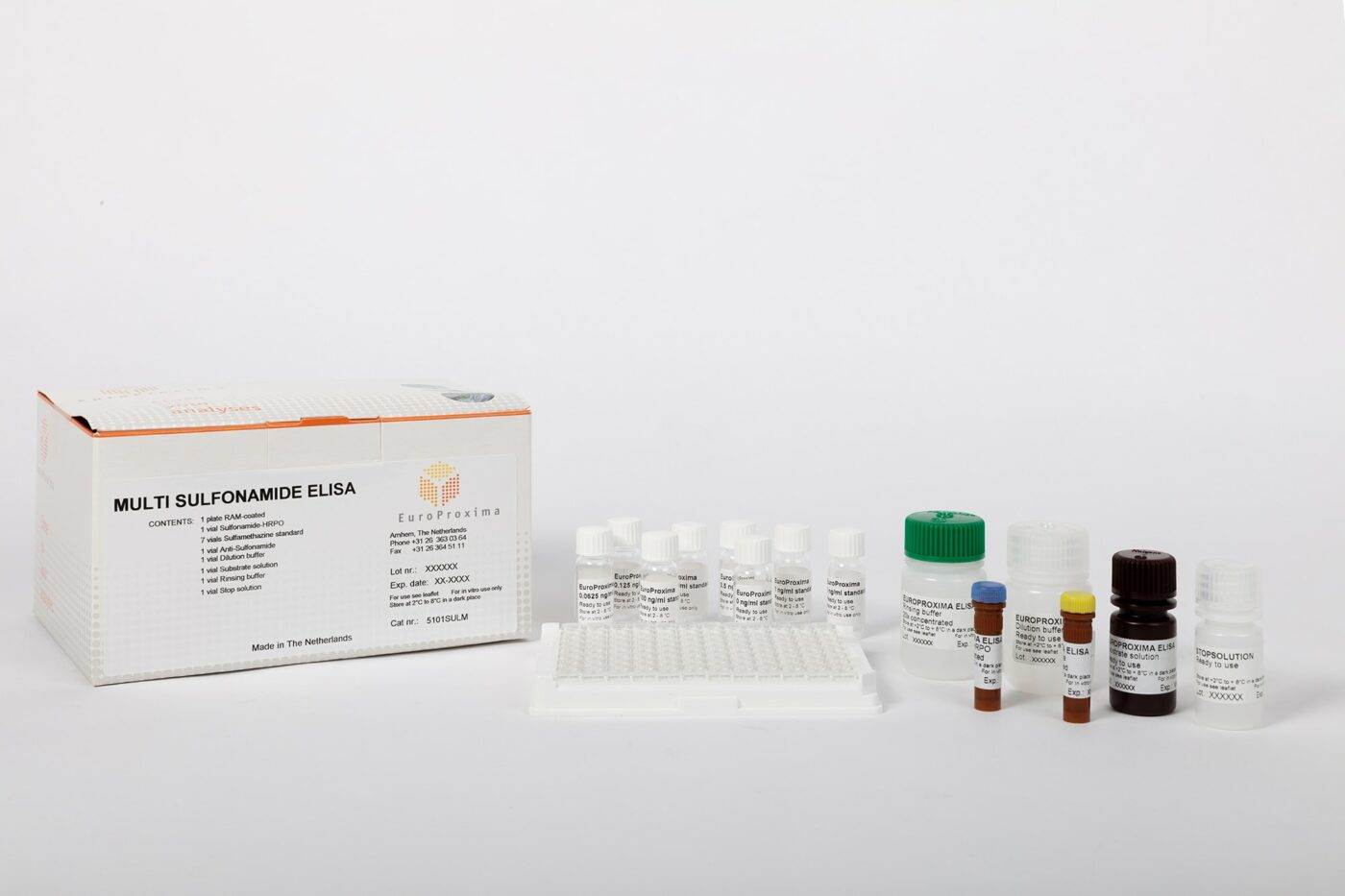
Recent news in Food & Feed Analysis
- Home
- /
- The advantages and risks...
The advantages and risks of using wild yeast

Microorganisms transform sugar contained in must into alcohol and carbon dioxide in a process known as fermentation, which results in the production of wine. Winemakers (and brewers) have two options for starting the fermentation process with yeast: they can use a commercial pure yeast strain that has particularly desirable and consistent characteristics, or they can rely on spontaneous fermentation, which uses what is known as natural flora or wild yeast.
What is wild yeast?
Wild yeasts (also known as indigenous, autochthonous, or natural yeasts) enter the cellar on the surface of the grapes and attach to the cellar and vineyard equipment.
Non-Saccharomyces yeasts and Saccharomyces yeasts are the two types of wild yeasts. The complexity of the grape must during spontaneous fermentation has a significant impact on the organoleptic and sensory qualities of the final wines.
Where does wild yeast come from?
The nature and number of wild yeasts are determined by a variety of parameters, including the location (i.e., soil type, average temperature, rainfall, and so on), the maturity and condition of the grapes, and vineyard production techniques. The most common yeast genera identified in the early stages of spontaneous fermentation of grape musts are non-Saccharomyces yeast.
The most significant genera include Hanseniaspora, Candida, Pichia, and Metschnikowia. The number of non-Saccharomyces diminishes as fermentation proceeds, and the wine yeast Saccharomyces cerevisiae completes the fermentation process. The capacity of S. cerevisiae to replace poorly fermenting non-Saccharomyces species, for example, is connected to its alcohol tolerance.
Spontaneous fermentation has advantages … and risks
Spontaneously fermented wines distinguish themselves from pure cultivated yeasts primarily in terms of sensory appeal, which is why winemakers prefer this method of fermentation. Making wine using wild yeasts, on the other hand, is more unpredictable than conventional fermentation processes.
Here are 3 risks:
- Slow or sluggish fermentation: Alcohol resistance is common in wild yeasts. This can result in sluggish fermentation and a high quantity of unwanted residual sugar, for example.
- Slower fermentation process start-up: Wild yeasts are present on the grapes in considerably lower concentrations than inoculated yeast. As a result, fermentation takes longer to begin, leaving the grapes more vulnerable to infection by additional spoilage organisms and oxidation.
- Unwanted byproducts generated by wild yeasts in wine might result in off-flavors
Mix of both processes: the sequential fermentation
Sequential fermentation is a combination of naturally occurring yeast flora and inoculated cultured yeast.
Spontaneous fermentation is allowed to begin, and the must is constantly monitored, for example, by testing the amount of sugar on a regular basis to ascertain the current alcohol concentration. When the alcohol concentration reaches the appropriate level, a commercial S. cerevisiae strain is added to guarantee full fermentation. This way, you get the best of both worlds: the richness of wild yeast and a robust, full-bodied wine.
The outcomes of spontaneous fermentation are difficult to anticipate. However, there are techniques for determining whether you want to go “wild” and ferment your wine with wild yeast.
One method is to identify which yeast species are present on your grapes or in your grape must. R-Biopharm provides a variety of real-time PCR test kits in this section.



